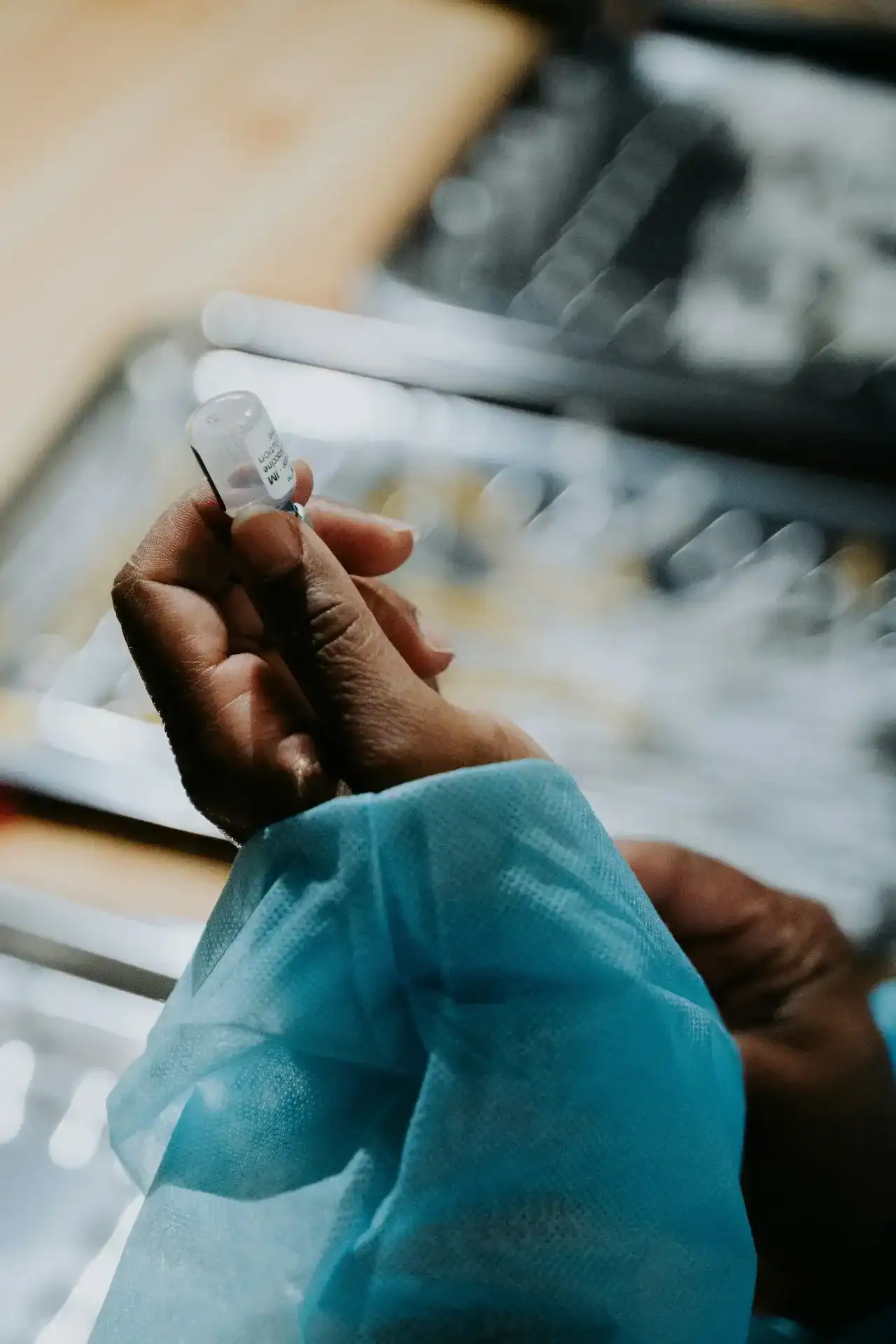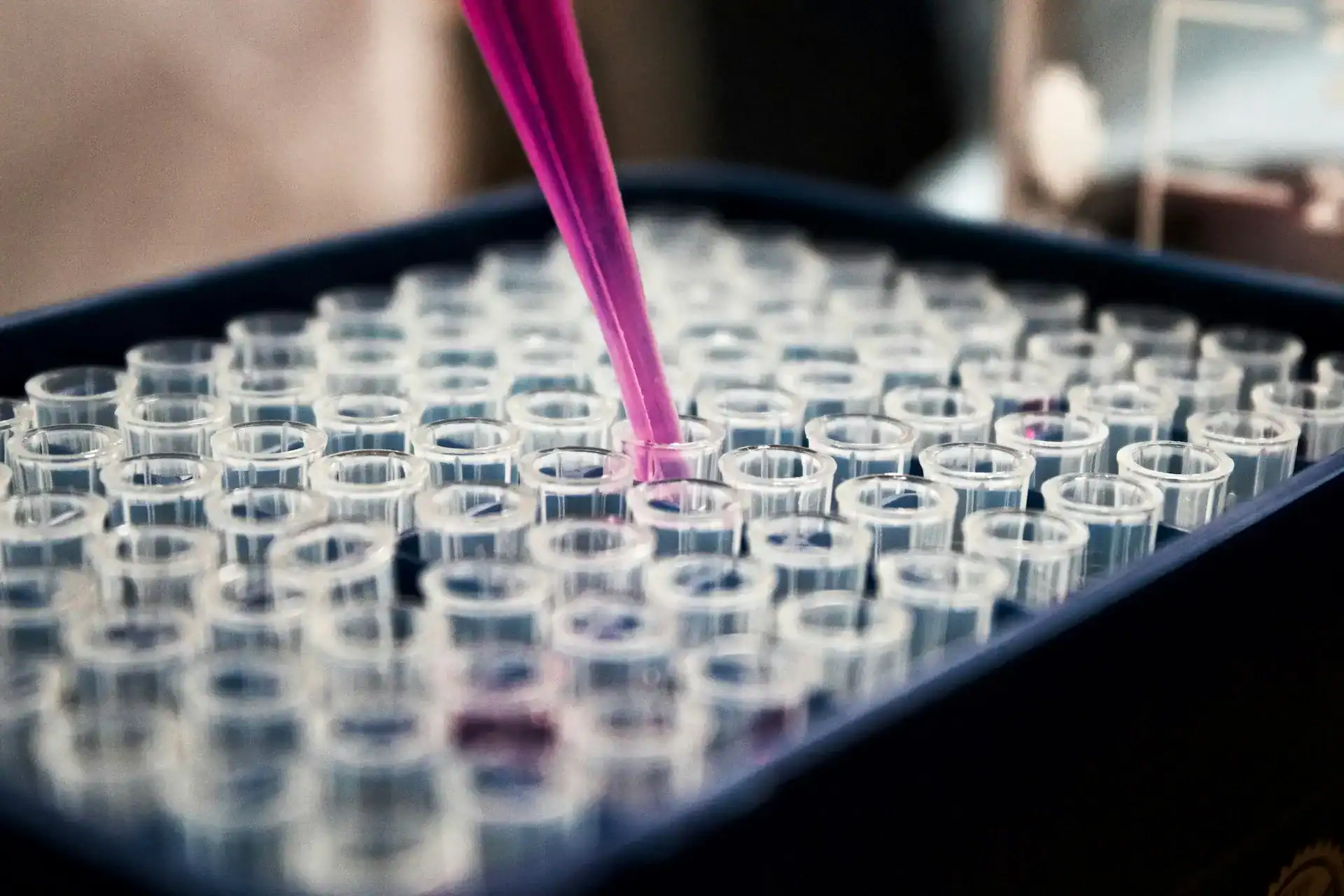This post is also available in:
Nederlands (Dutch)
A new study from Urban Lab, published in eNeuro, introduces an innovative spatiotemporal clustering approach for analyzing functional ultrasound (fUS) signals at the single-voxel level. This high-resolution method enhances the precision of brain activity mapping, overcoming limitations of conventional region-based averaging and correlation analysis.
Théo Lambert et al. at the Urban lab applied their new approach to visually evoked activity in the superior colliculus of awake mice, comparing single-voxel clustering with traditional methods. The results reveal that this approach more accurately captures contrast modulation effects on hemodynamic responses, offering fine-grained, unbiased activity maps.
Unlike standard techniques that rely on predefined brain atlases or experimental conditions, single-voxel clustering allows for paradigm-free investigations, making it particularly useful for studying naturalistic behaviors and complex cognitive processes.
“We’ve expanded the fUS signal analysis toolbox,” says Clément Brunner, co-author of the study. “This method enables more precise and flexible imaging, unlocking new possibilities in neuroimaging and brain decoding.”
As part of its commitment to open science, the team has made the PyfUS software, developed for this study, freely available for researchers: GitHub – OpenfUS/PyfUS












